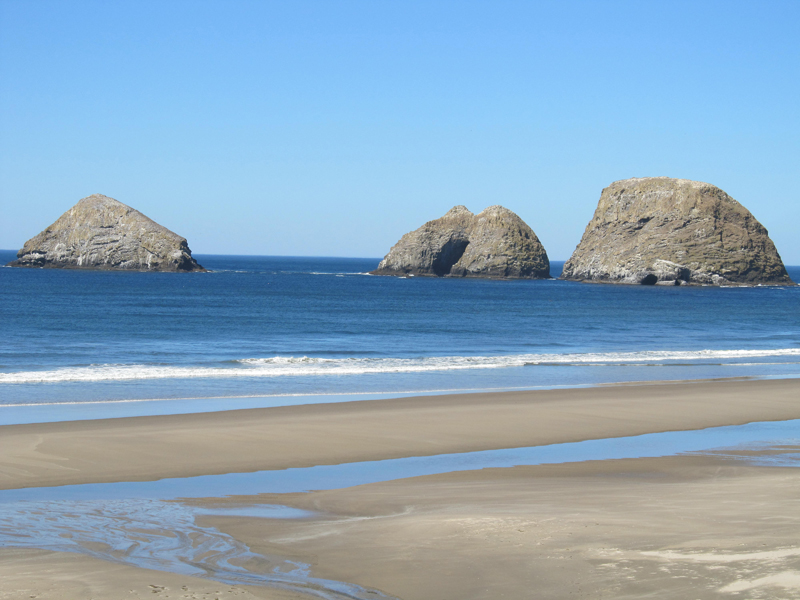When you consider the advantages of beach mining with a highbanker— easy access in all seasons, no  classifying material down to size, no digging in heavy cobbles and moving boulders, no worries about rattlesnakes or poison oak— you might want to give it a try.
classifying material down to size, no digging in heavy cobbles and moving boulders, no worries about rattlesnakes or poison oak— you might want to give it a try.
Of course any new environment means there will be a learning curve. Recovering 100 mesh gold from the beach requires a little extra attention to detail to prevent loss, so you’ll need to readjust your equipment and process. Don’t expect chunky nuggets; you’re going for the flour gold here. High tide, not your watch, will dictate your schedule. The general principles you already know are the same, but also keep these tips in mind. And before you go, be sure to check your local laws to see if you need a beach mining permit.
• Slow down. Expect to process about 10 gallons of material an hour. If you try to feed a highbanker faster or use bigger scoops you will likely lose gold. The most efficient way to locate the paying black sand layers is to use a post hole digger or earth auger. The pay layer is usually right on top of a golden brown sand layer that pushes up into the black or blue sand. Frequent storms can remove the light sands and reconcentrate the black sands.
• Use about 25% of the water you would normally use. The ocean is the best water source and doesn’t require much Jet Dry, if any. You may need to modify your spray bar to compensate for less water volume so you aren’t fighting foam and bubbles.
• The beach is a level playing field—literally, so tip your box to a 9-degree angle and go from there. Most beach miners use battery-powered bilge pumps to run their beach sluices. A small gas-powered pump also will work. A Gold Cube is also an excellent piece of recovery equipment to concentrate beach material, then run it through a Blue Bowl.
• Do frequent clean-ups.
• Good luck and have fun!